France's UNESCO World Heritage Sites
France, a country renowned for its rich history, diverse landscapes, and cultural significance, is home to an impressive number of UNESCO World Heritage Sites. These sites, recognized for their outstanding universal value, offer a fascinating glimpse into the country's past and present. From the banks of the Seine in Paris to the medieval city of Carcassonne, each site is a testament to France's cultural and natural heritage. In this comprehensive guide, we will take you on a journey through some of France's most remarkable UNESCO World Heritage Sites.
Arles Amphitheatre
Our journey begins in the city of Arles, home to a spectacular Roman amphitheatre. Built in the 1st century AD, this impressive structure is a testament to the grandeur of Roman architecture. Today, it serves as a popular venue for concerts and traditional bullfights, offering a unique blend of ancient history and modern entertainment.
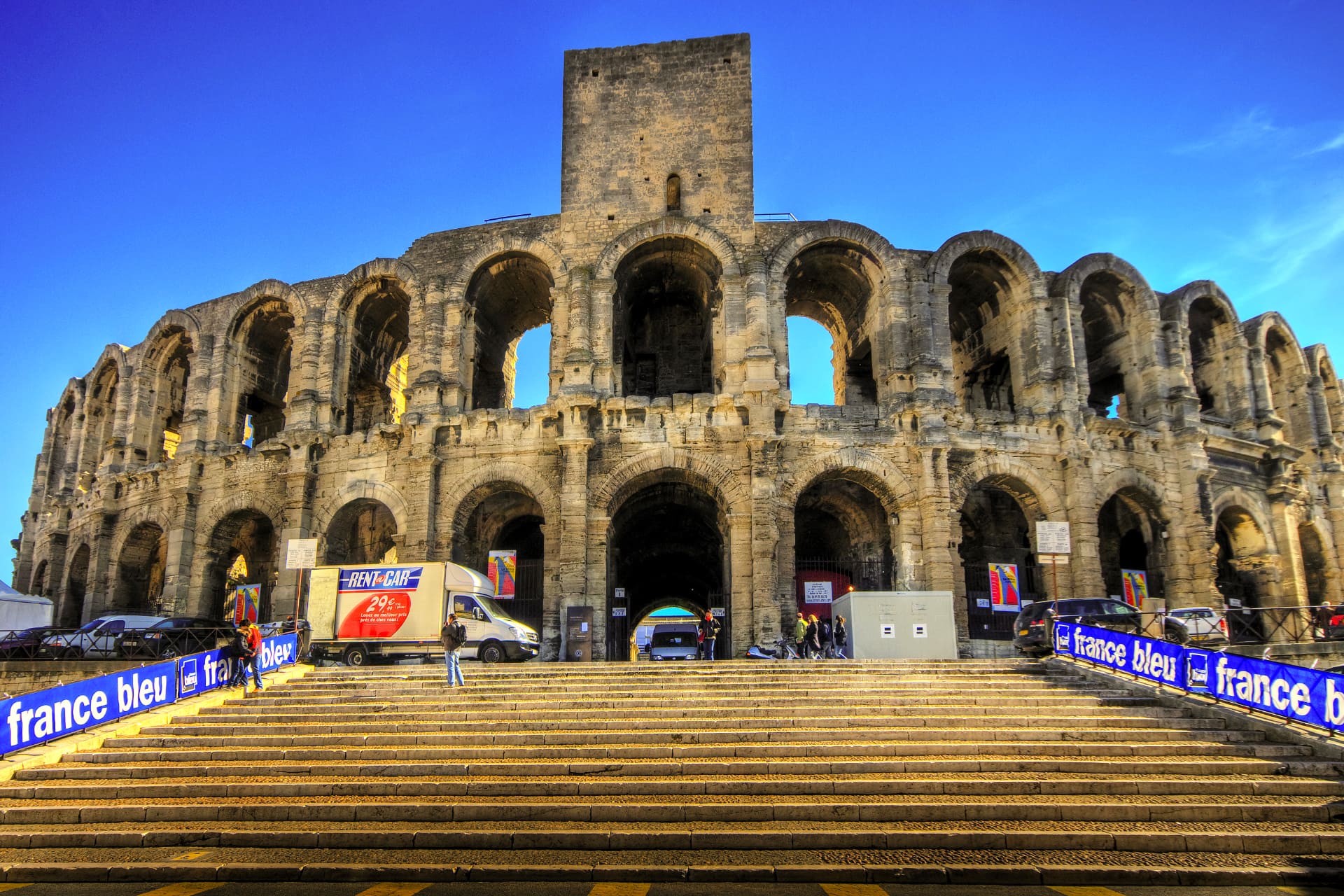
Avignon
Next, we visit the historic city of Avignon, a UNESCO World Heritage Site known for its medieval architecture and cultural significance. The city's most famous landmark, the Palais des Papes, is one of the largest and most important medieval Gothic buildings in Europe. Avignon's historic centre, enclosed by its well-preserved medieval walls, is a must-visit for history and architecture enthusiasts.
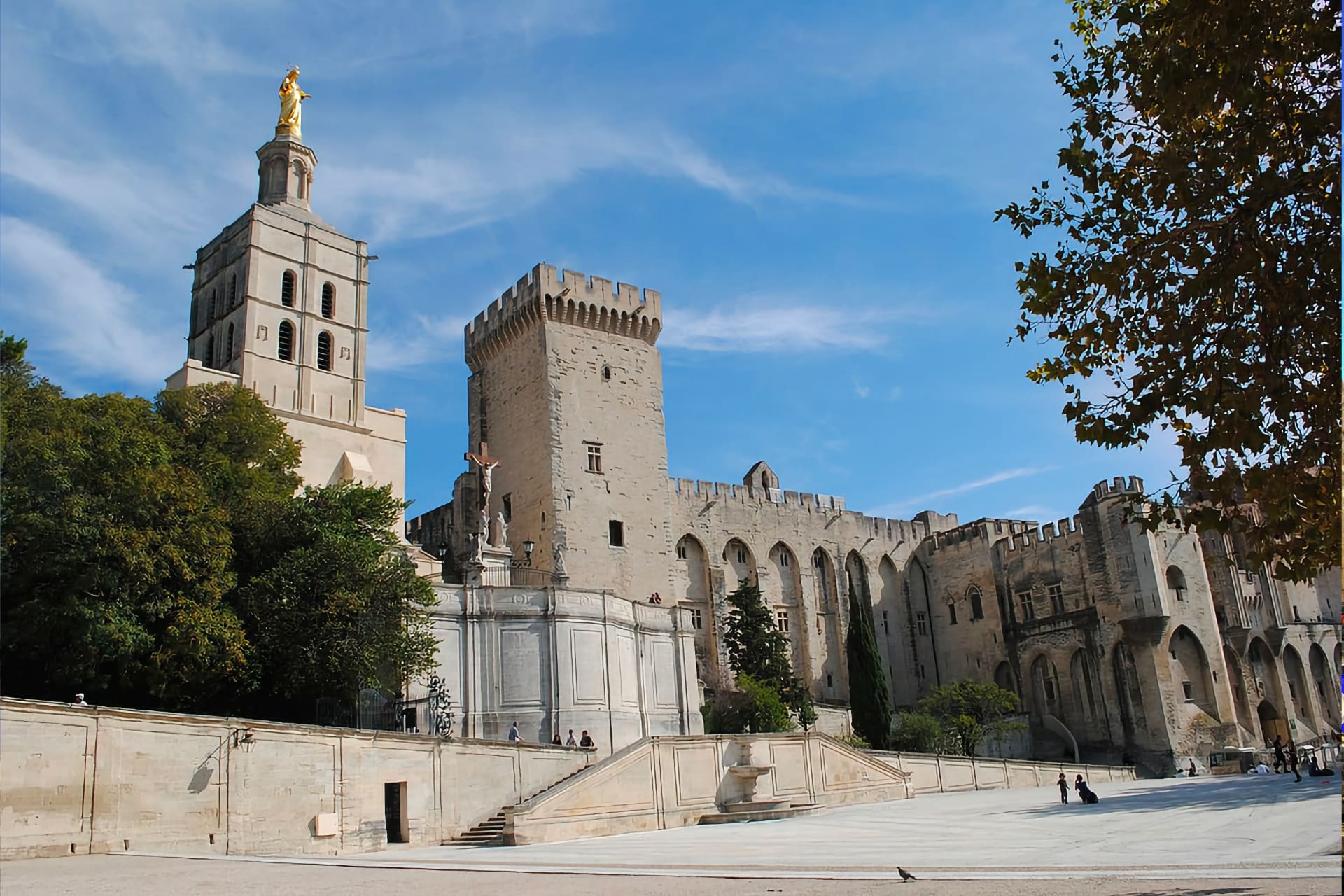
Banks of the Seine in Paris
No visit to France would be complete without a stop in Paris, the country's capital and home to numerous UNESCO World Heritage Sites. The banks of the Seine, stretching from the Louvre to the Eiffel Tower, and from the Place de la Concorde to the Grand Palais and Petit Palais, are a testament to the city's historical and cultural richness. As you stroll along the river, you'll be treated to some of the city's most iconic landmarks, including Notre-Dame Cathedral and Sainte-Chapelle.
Carcassonne
Our journey continues to Carcassonne, a fortified medieval city located in the region of Occitanie. With its double walls, 53 towers, and impressive castle, Carcassonne is a marvel of medieval military architecture. The city's narrow, winding streets, charming old houses, and Gothic cathedral add to its enchanting atmosphere.
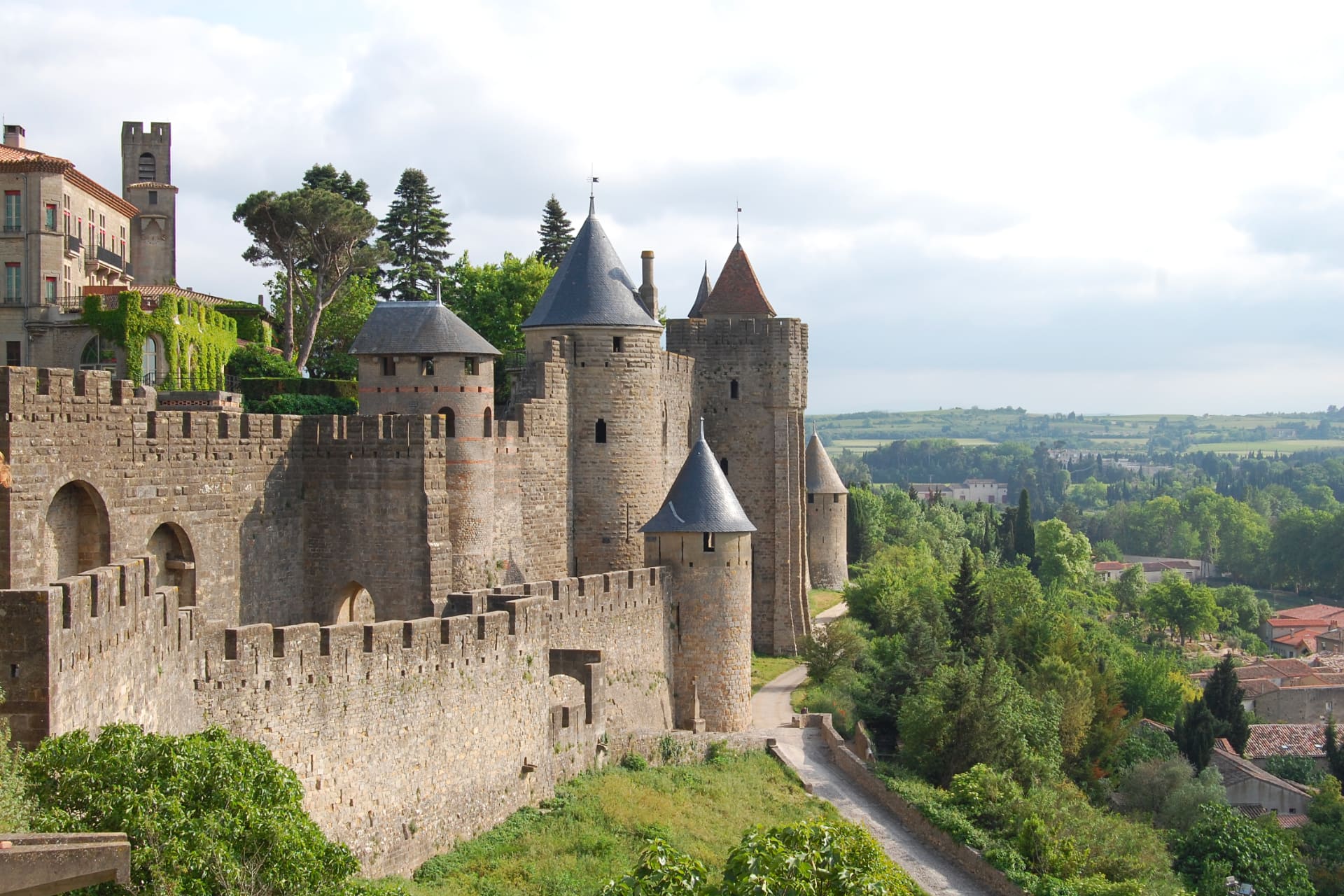
Chaîne des Puys
For nature lovers, the Chaîne des Puys offers a unique opportunity to explore France's natural beauty. This chain of volcanic hills, located in the Massif Central, is recognized by UNESCO for its geological significance. The area is perfect for hiking, with numerous trails offering stunning views of the volcanic landscape.
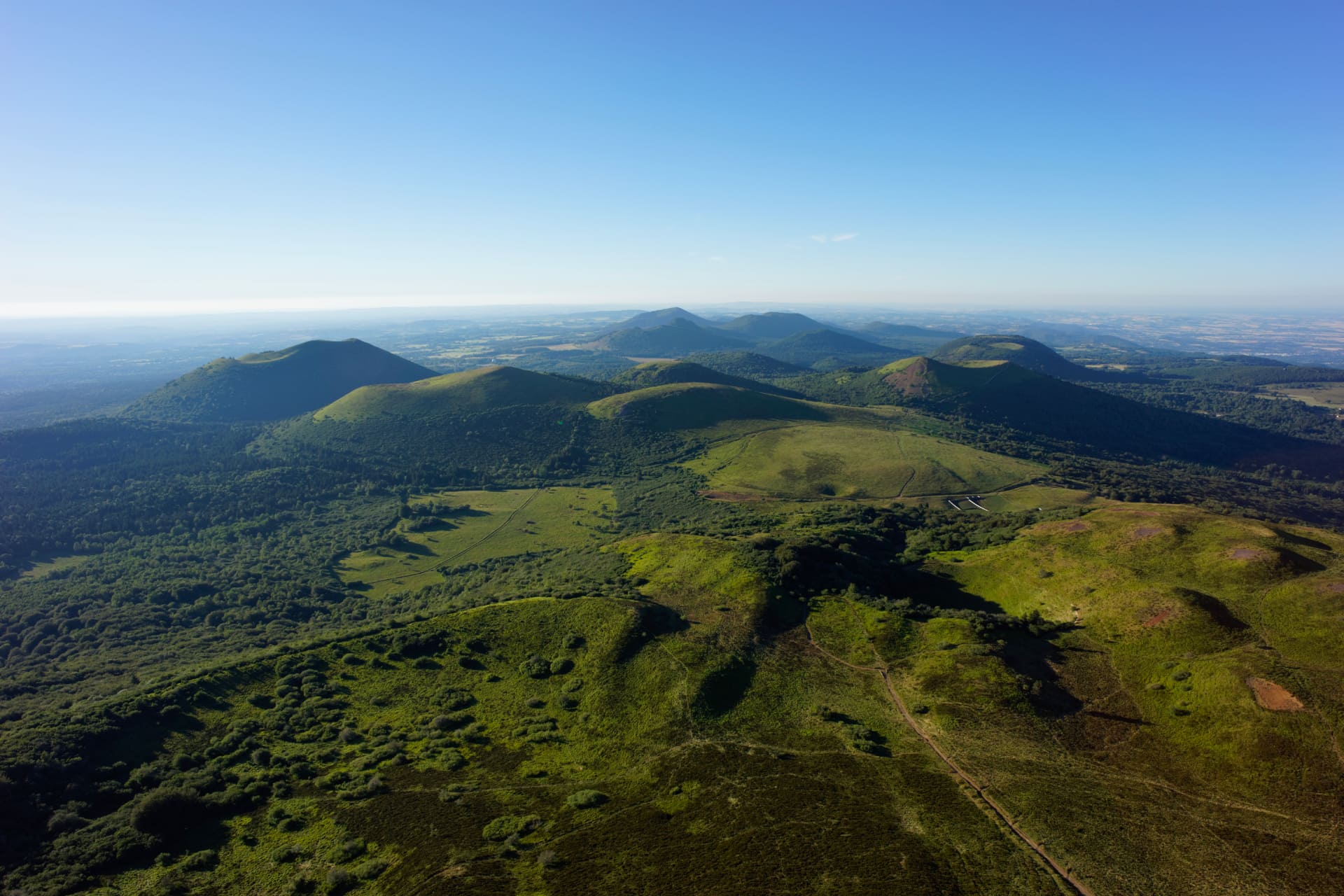
Le Havre
Le Havre, a city in Normandy, is recognized by UNESCO for its post-war architecture. The city was heavily bombed during World War II and was subsequently rebuilt by the architect Auguste Perret. Today, Le Havre is a symbol of modernist architecture and urban planning.
Loire Valley
The Loire Valley, often referred to as the "Garden of France," is renowned for its historic towns, beautiful landscapes, and spectacular châteaux. Stretching 280 kilometers, from Sully-sur-Loire to Chalonnes-sur-Loire, the Loire Valley is a testament to the cultural landscape of great beauty.
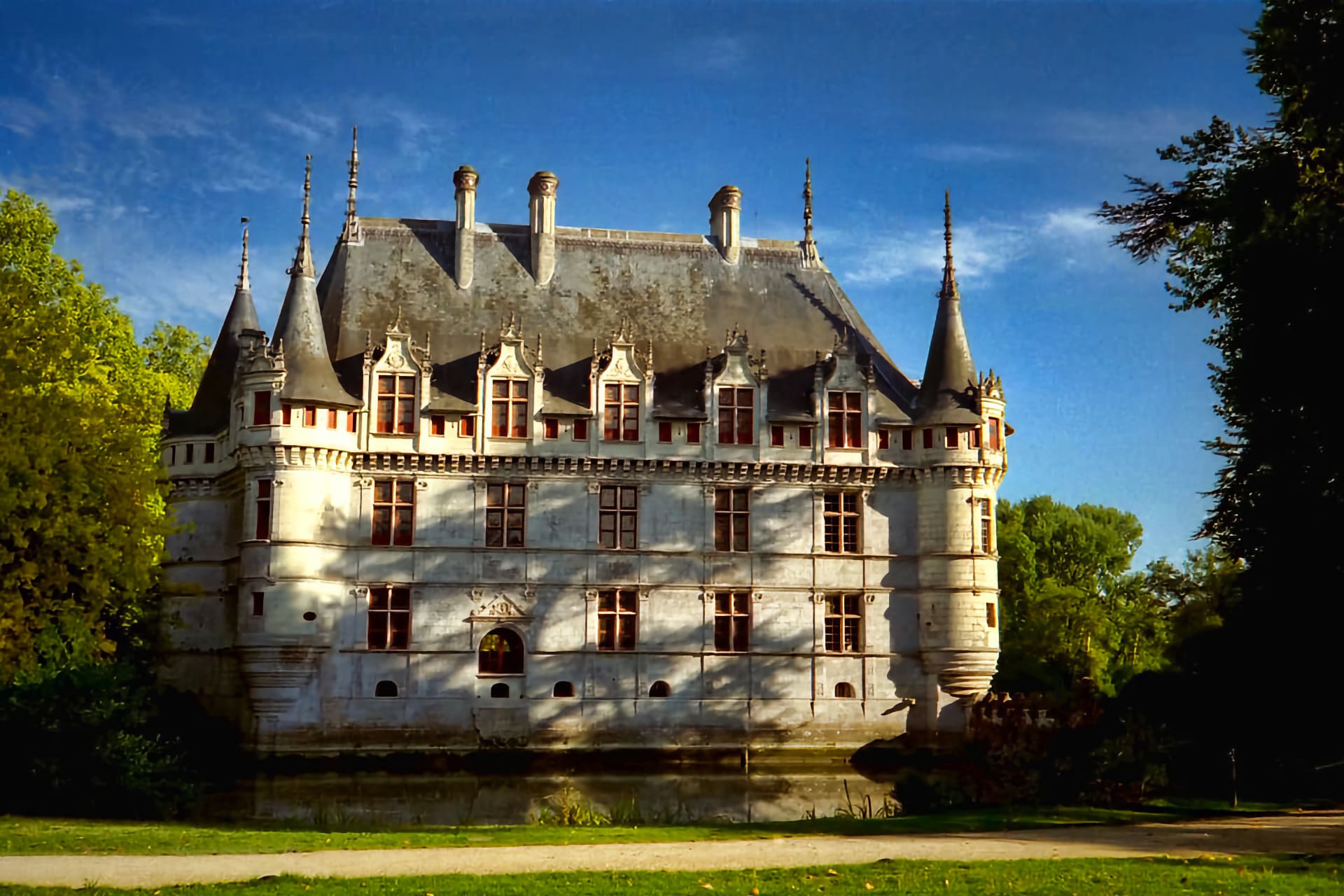
Lyon
Lyon, located at the confluence of the Rhône and Saône rivers, is known for its historic and architectural landmarks. The city's historic site, which spans over 500 hectares, is recognized by UNESCO for its exceptional testimony to the continuity of urban settlement over more than two millennia.
Mont Saint-Michel
Mont Saint-Michel, a small rocky island in Normandy, is one of France's most iconic landmarks. The island is best known for its stunning medieval architecture, including its abbey, which dates back to the 8th century. At high tide, Mont Saint-Michel becomes an island, while at low tide, it is possible to walk across the sandy plain to the mainland.
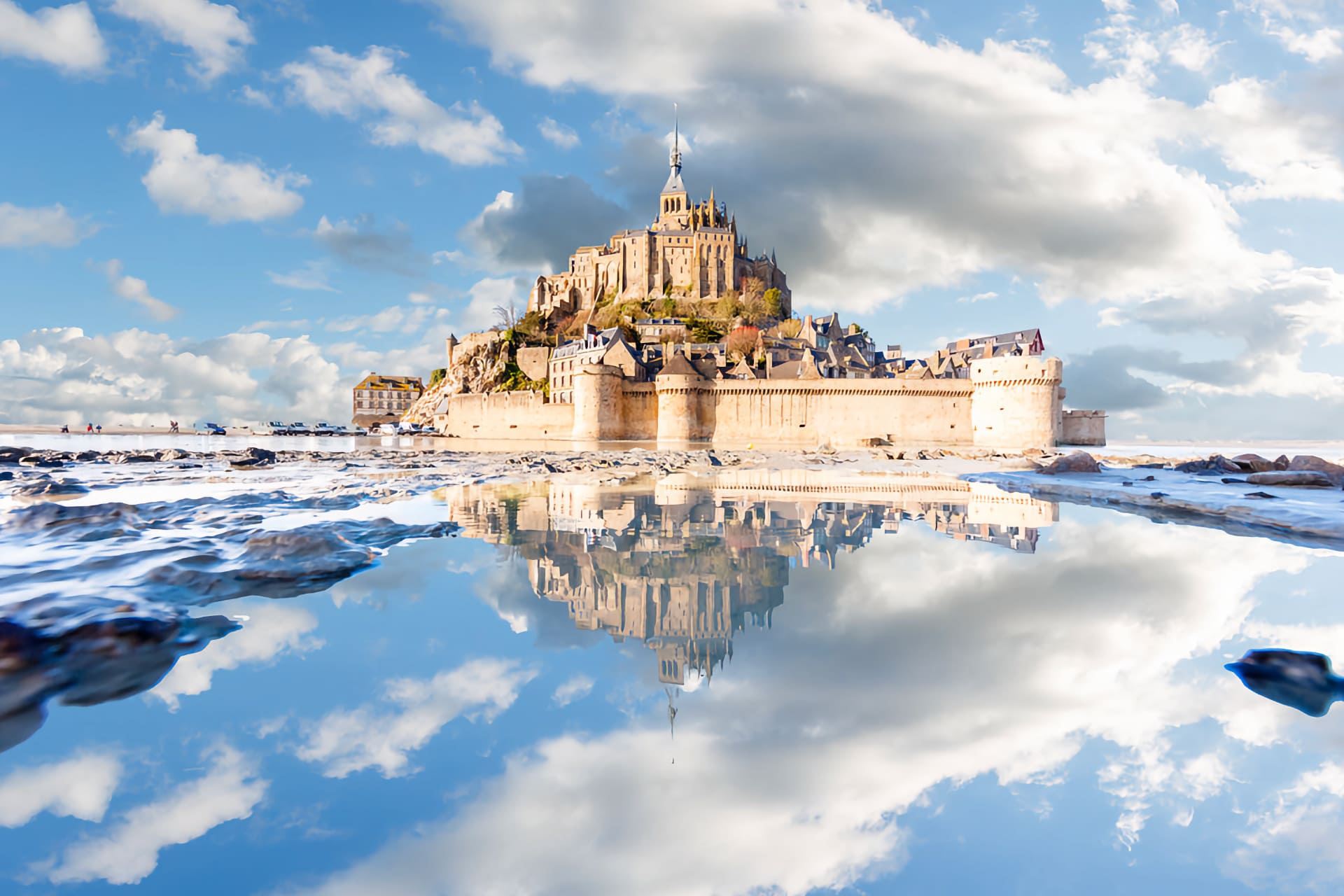
Pont du Gard
The Pont du Gard, a Roman aqueduct bridge located in southern France, is a marvel of ancient engineering. Built in the first century AD, the bridge is one of the best-preserved Roman aqueducts and is a testament to the architectural genius of the Romans.
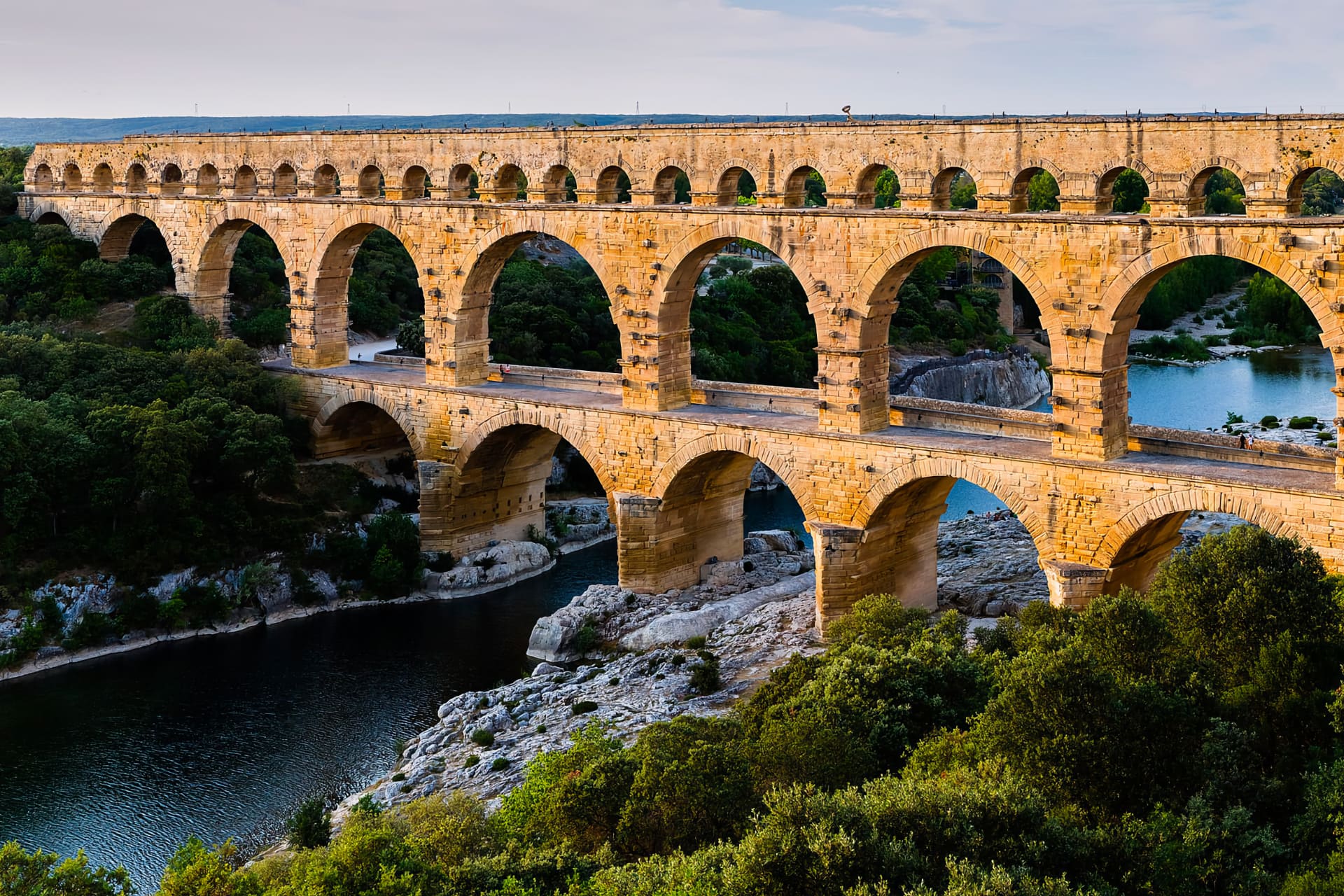
Provins
Provins, a town located in the Île-de-France region, is known for its well-preserved medieval architecture. The town's fortifications, including its ramparts and fortified gates, offer a fascinating glimpse into the past.
Saint-Émilion
Saint-Émilion, a charming medieval village located in the heart of the famous Bordeaux wine region, is a must-visit for wine lovers. The village's vineyards, which date back to Roman times, are recognized by UNESCO for their historic and cultural significance.
Strasbourg
Strasbourg, located on the border with Germany, is known for its rich history and unique blend of French and German culture. The city's Grande Île, surrounded by the Ill River, is recognized by UNESCO for its well-preserved medieval cityscape.
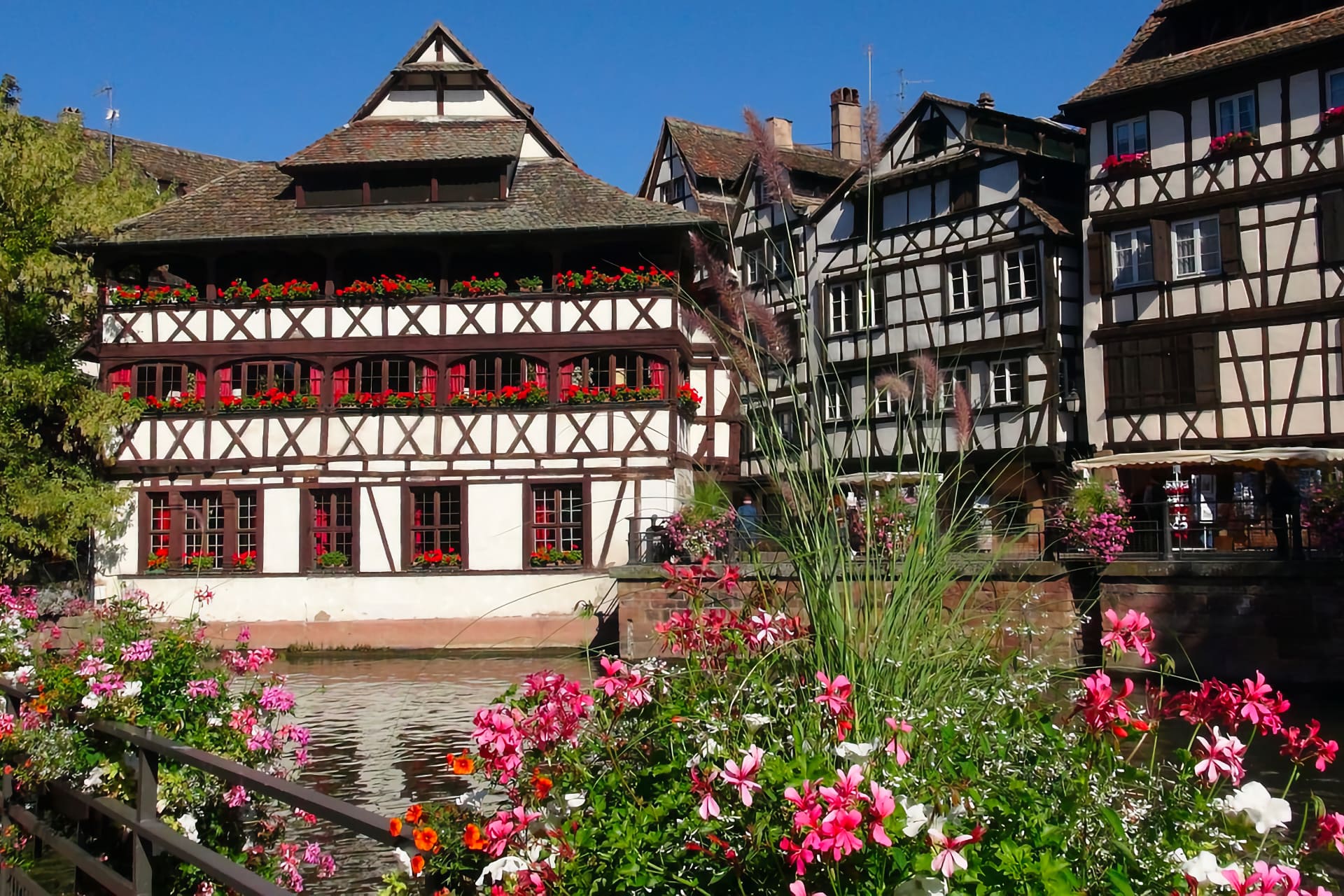
Vauban Fortifications
The Vauban fortifications, named after the French military engineer Sébastien Le Prestre de Vauban, are a series of 12 sites along France's borders. These fortifications, recognized by UNESCO, are a testament to Vauban's genius and the military architecture of the 17th century.
Versailles
The Palace of Versailles, located in the Île-de-France region, is one of the most famous palaces in the world. Recognized by UNESCO, the palace and its gardens are a testament to the absolute monarchy of the Ancien Régime.
Vézère Valley
The Vézère Valley, located in the Dordogne region, is known for its prehistoric sites and decorated grottoes. The valley is home to the Lascaux Cave, a UNESCO World Heritage Site known for its Paleolithic cave paintings.
FAQ
What is the significance of UNESCO World Heritage Sites?
UNESCO World Heritage Sites are landmarks or areas with legal protection by an international convention administered by the United Nations Educational, Scientific and Cultural Organization (UNESCO). These sites are deemed of significant cultural or natural importance to the common heritage of humanity.
Which UNESCO World Heritage Site is the most visited in France?
The most visited UNESCO World Heritage Site in France is the Palace of Versailles. It's renowned for its architectural grandeur and historical significance as a symbol of the absolute monarchy of the Ancien Régime.
Are there any natural UNESCO World Heritage Sites in France?
Yes, France is home to several natural UNESCO World Heritage Sites. One of them is the Chaîne des Puys, a chain of volcanic hills in the Massif Central. Another is the Gulf of Porto, Corsica, known for its diverse marine and terrestrial habitats.
What are some of the newest additions to France's UNESCO World Heritage Sites?
As of 2023, the most recent additions to France's UNESCO World Heritage Sites include the Chaine des Puys - Limagne fault tectonic arena, Chauvet-Pont d’Arc, Decorated Grotto, and the Hillsides, Houses and Cellars of Champagne.
Can you visit all of France's UNESCO World Heritage Sites?
While it's theoretically possible to visit all of France's UNESCO World Heritage Sites, it would require significant time and planning. Some sites are in remote locations or have limited access due to preservation efforts. Always check the site's visitor information before planning your trip.



